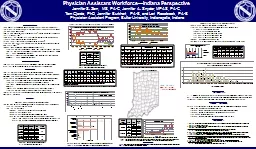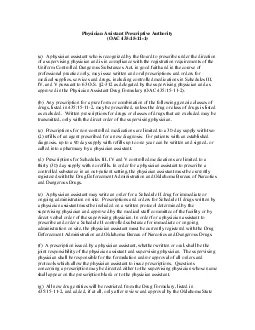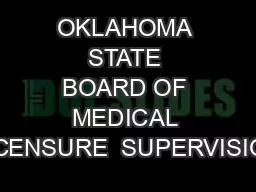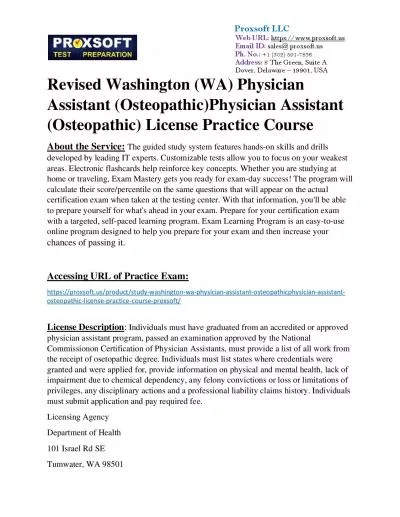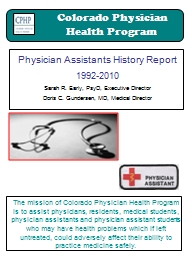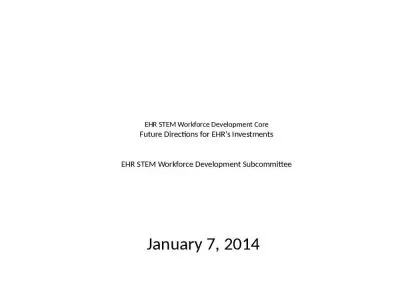PPT-Physician Assistant Workforce—Indiana Perspective
Author : bikersquackers | Published Date : 2020-06-23
Jennifer S Zorn MS PAC Jennifer A Snyder MPAS PAC Tom Gjerde PhD Jennifer Burkhart PAS and Lori Rosebrock PAS Physician Assistant Program Butler University Indianapolis
Presentation Embed Code
Download Presentation
Download Presentation The PPT/PDF document "Physician Assistant Workforce—Indiana ..." is the property of its rightful owner. Permission is granted to download and print the materials on this website for personal, non-commercial use only, and to display it on your personal computer provided you do not modify the materials and that you retain all copyright notices contained in the materials. By downloading content from our website, you accept the terms of this agreement.
Physician Assistant Workforce—Indiana Perspective: Transcript
Download Rules Of Document
"Physician Assistant Workforce—Indiana Perspective"The content belongs to its owner. You may download and print it for personal use, without modification, and keep all copyright notices. By downloading, you agree to these terms.
Related Documents

